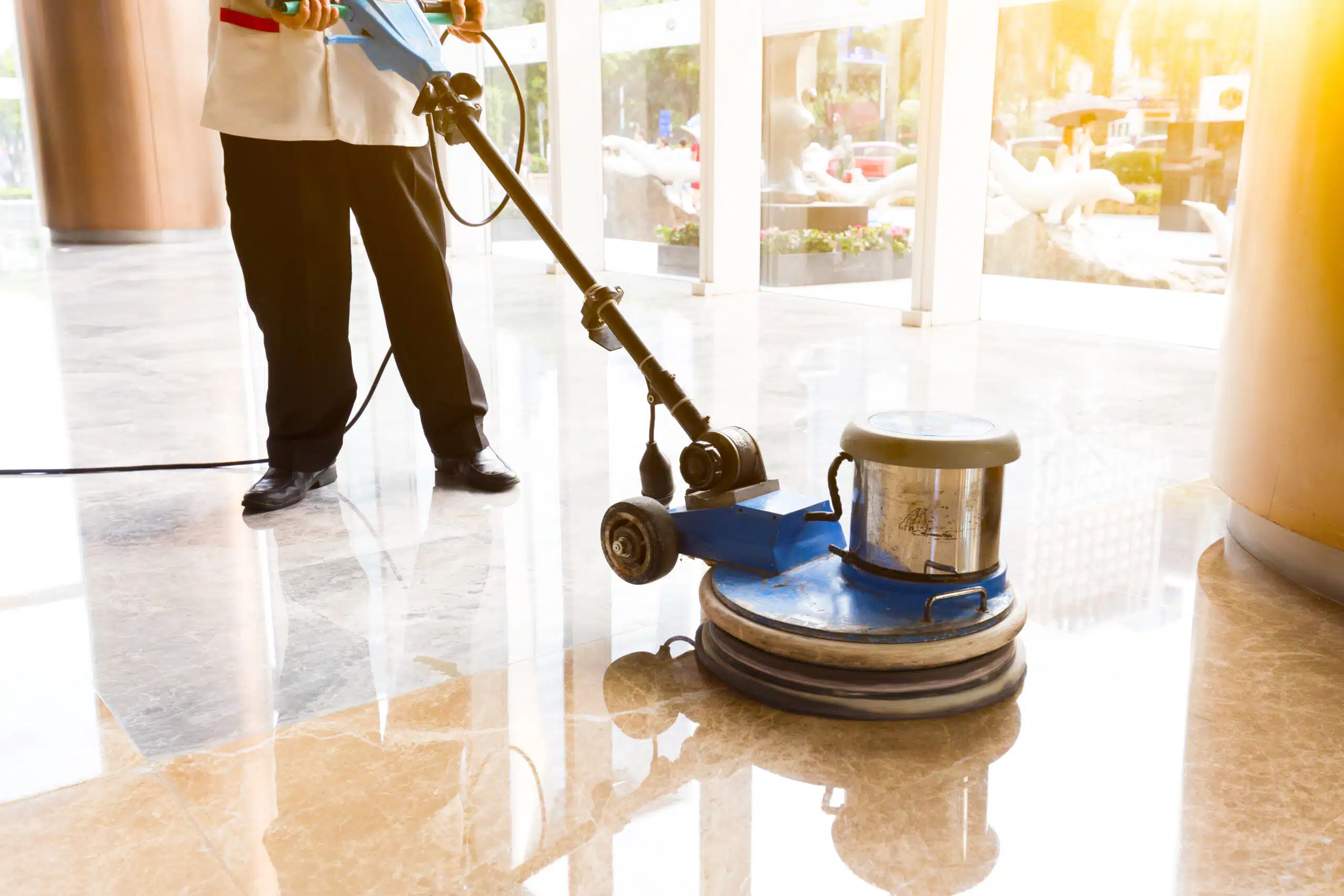In the realm of facility management and maintenance, maintaining the appearance and integrity of flooring is crucial for both aesthetics and safety. Restorative floor maintenance emerges as a comprehensive approach designed to bring back the original sheen and functionality of various flooring types, from hardwood to vinyl and beyond. This method goes beyond simple cleaning, offering advanced techniques that not only enhance the visual appeal but also extend the lifespan of the flooring materials, making it a vital component of any maintenance strategy.
By employing specialized processes such as stripping, sealing, and refinishing, restorative floor maintenance addresses the wear and tear that can accumulate over time due to foot traffic, spills, and environmental factors. This proactive care not only improves the overall health of the floor but also contributes to a healthier indoor environment. In this article, we will explore the principles of restorative maintenance, its benefits, and the best practices to ensure that your floors remain inviting, safe, and durable for years to come.
Principles of Restorative Floor Maintenance
Restorative floor maintenance is built on the principles of improving not just appearance but also the durability of flooring surfaces through meticulous care. This approach involves multiple steps that collectively restore the floor to its original state. Techniques such as buffing, deep cleaning, and applying protective sealants play a pivotal role in rejuvenating the flooring. Additionally, regular maintenance schedules can significantly mitigate potential damages caused by dirt and contaminants that might wear down the floor’s surface over time. By adopting a comprehensive plan for restorations, facility managers can ensure that floors not only look good but also resist everyday wear and tear, leading to long-term cost savings.

Benefits of Proactive Care
Implementing restorative maintenance strategies enhances the longevity of the floors while creating a safer environment for occupants. Floors that are well-maintained are less likely to sustain damage that can lead to costly repairs or replacements in the future. Furthermore, a clean and polished floor contributes to a positive atmosphere, promoting cleanliness and hygiene, which is crucial for facilities such as offices, schools, and healthcare environments. For a detailed exploration of these practices and their impact, consider visiting https://techbullion.com/the-ultimate-guide-to-restorative-floor-maintenance-for-long-lasting-shine/. By prioritizing restorative maintenance, businesses can build a reputation for having well-kept and safe premises, ultimately enhancing customer satisfaction and employee morale.
In conclusion, restorative floor maintenance is not just a luxury but a necessity for any facility aiming to uphold safety and aesthetic standards. By investing in this comprehensive maintenance approach, organizations can significantly enhance the appearance and longevity of their flooring, creating an inviting atmosphere that reflects professionalism and care. The combination of advanced techniques and proactive maintenance strategies ensures that floors remain resilient against the challenges posed by daily use. Ultimately, restorative floor maintenance fosters a healthier environment, promotes occupant well-being, and shields businesses from unexpected repair costs, establishing a foundation for sustainable and effective facility management.

